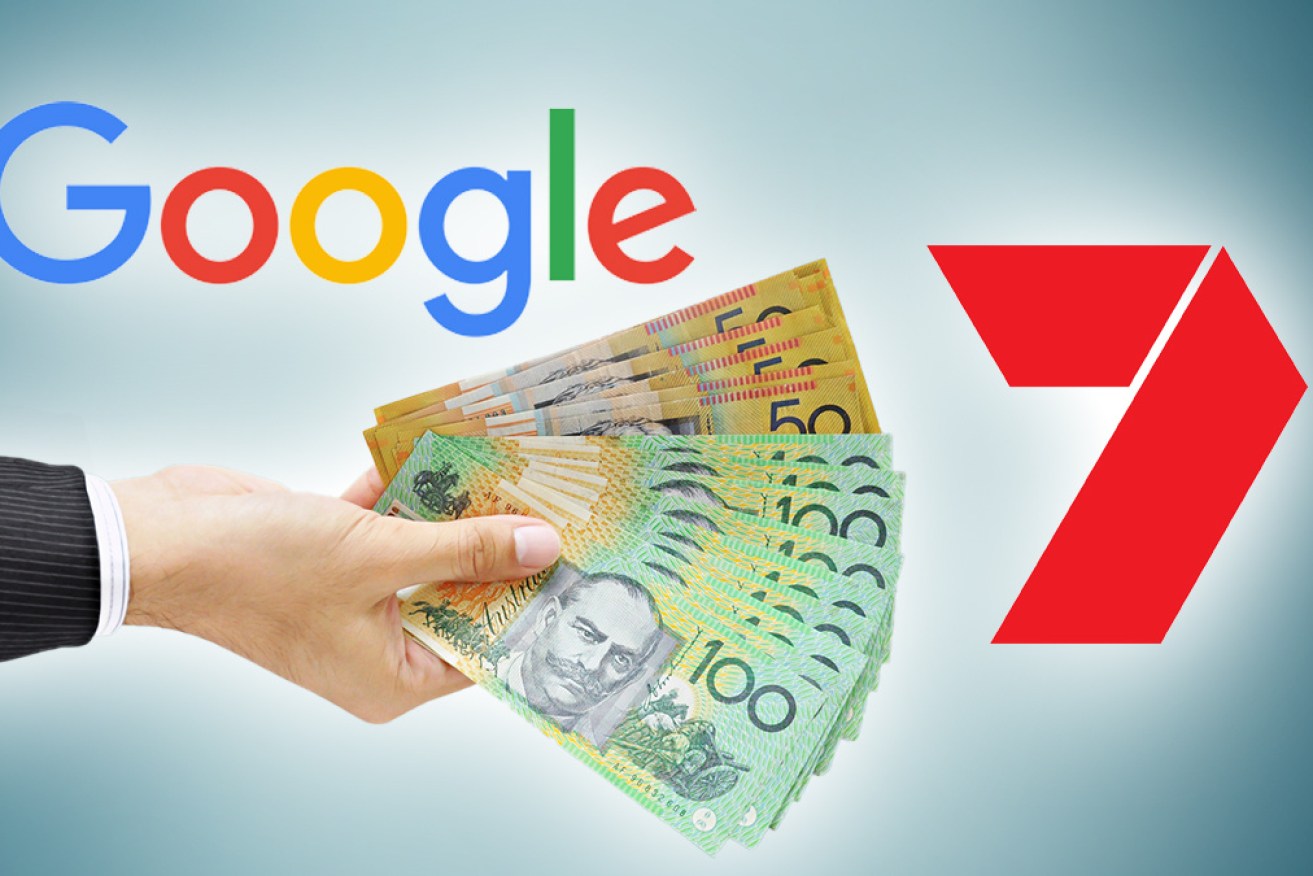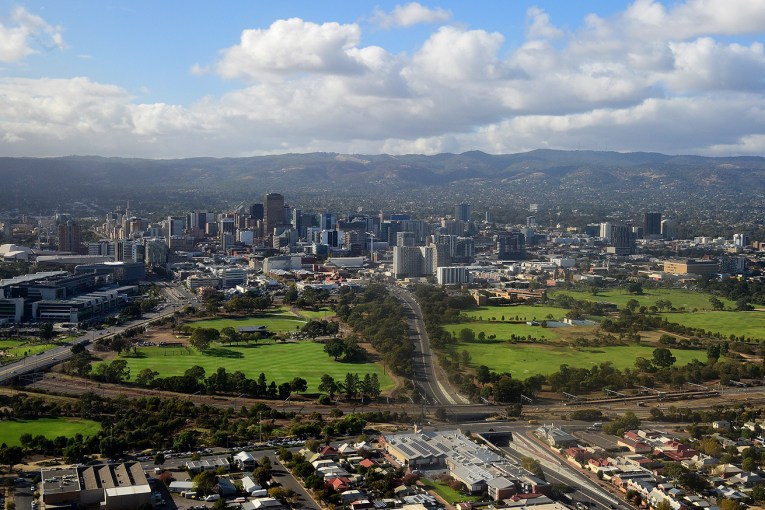Seven cracks the big tech wall to get $30 million in a deal with Google


Seven West Media is taking money from Google in return for providing news content. Photo: TND
The Seven network has breached the walls of big tech, securing a deal believed to be valued at $30 million a year to provide news to the newly created Google News Showcase.
The surprise announcement was tacked on to the end of Seven West Media’s half yearly results video call.
CEO James Warburton said simply that “Seven has entered into a LOU [letter of understanding] to form a long-term partnership with Google to provide news content to Google Showcase”.
The news comes as legislation to force big tech to pay Australian media outlets for their journalism is due to be voted on in Parliament this week.
A winner
Jason Sternberg, lecturer in media and communications at QUT, said Seven’s deal was a major win.
“It is a signal that the Australian government has won the war, or at least a big battle, with Google and Facebook. I’d call it a pre-emptive strike,” Dr Sternberg said.
But in some respects the deal looks to be something of a backdown.
Earlier this year Nine chairman and former treasurer Peter Costello said the big tech giants should pay media companies $600 million a year, or 10 per cent of their Australian revenues according to his estimation, while News Corp chief Michael Miller asked for $1 billion a year.
Easy pickings
Seven was the soft touch among Australia’s big media, according to independent media analyst Peter Cox.
“Seven has been going along with Nine and News, but it has not been speaking out like they have,” Mr Cox said.
“After announcing the deal, Mr Warburton said it was not an attempt to undermine the legislation which he said ‘Is unequivocally coming into effect’.
“Nine and News have been arguing for much more, but they will now be looking at the $30 million Seven is said to have got and saying, ‘Well, what are we worth?'”
Mr Cox said in relation to Seven’s deal Nine and News would probably be looking at $50 to $80 million, adding that Seven had done well to get anything out of Google.
The move could pave the way for other media companies to win similar deals with Facebook and comes after Google threatened to withdraw its search engine from Australia if Parliament passed the legislation in its current form.
“That threat was a pretty sly thing, but they have now decided not to pull out of Australia as that would have seen them vacate the field to Microsoft,” Dr Sternberg said.
The deal leaves open the question of whether Seven can make it work.
“They had a long-standing relationship with Yahoo, but that didn’t work all that well,” Dr Sternberg said.
Seven also announced that it had taken the No.1 slot in both free-to-air television and broadcast video on demand (BVOD).
A recovering advertising market saw the group turn in a profit of $116.4 million in the December half, compared to a loss of $49.4 million a year earlier.
Seven won the ratings war with arch rival Nine and “secured No.1 position in broadcast and BVOD audience share,” Mr Warburton said.
But Nine was still ahead on revenues, as ratings leads generally take 12 months to be monetised into higher ad revenues.
As this chart below shows, though, Seven’s revenues are rising faster than Nine’s and in the December quarter it almost equalled Nine’s revenue share.
Seven’s stronger ratings are based on the success of revamped favourites like Big Brother, Farmer Wants a Wife and SAS Australia, which saw its average audiences grow 75 per cent in the December half.
The kick up in TV advertising has been “remarkable”, according to Chris Walton, partner with media buyer Nunn Media.
“Not only have we seen a recovery from the pandemic slump, but we will see year-on-year advertising growth as the market recovers from weakness prior to that,” Mr Walton said.
Meanwhile, younger demographics continue to desert broadcast TV in favour of BVOD and Seven is leading the charge.
Mr Warburton said 80 per cent of Seven’s BVOD users were under the age of 50, and it is “No.1 in the core demographic between 25 and 54”.
Revenues in the BVOD sector increased a remarkable 73.2 per cent in the December half, but only accounted for $47.7 million compared to $562.9 million for broadcast TV.
However, the future for BVOD is positive, with Mr Walton saying ads in that space earned “more per viewer, because the audience is more engaged and is generally a better demographic”.

Source: Seven
The total BVOD market is expected to more than double by 2024 to almost $500 million, according to PWC.
And the stoush over cricket broadcasting rights is continuing to bubble away.
Mr Warburton said he had not given up on his fight with Cricket Australia over what he called “onerous sports contracts”.
He said Seven was also looking at investing in a streaming service.










